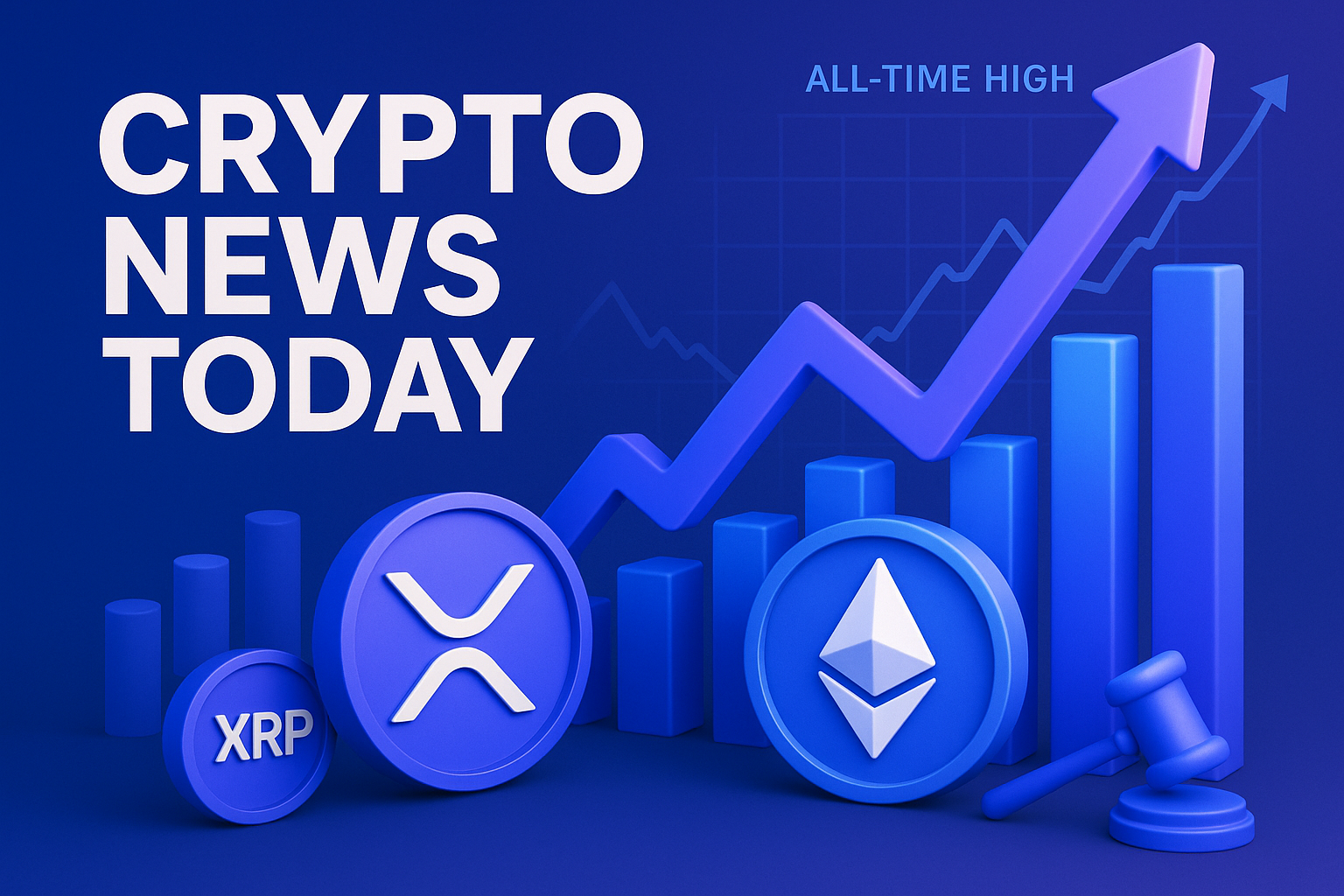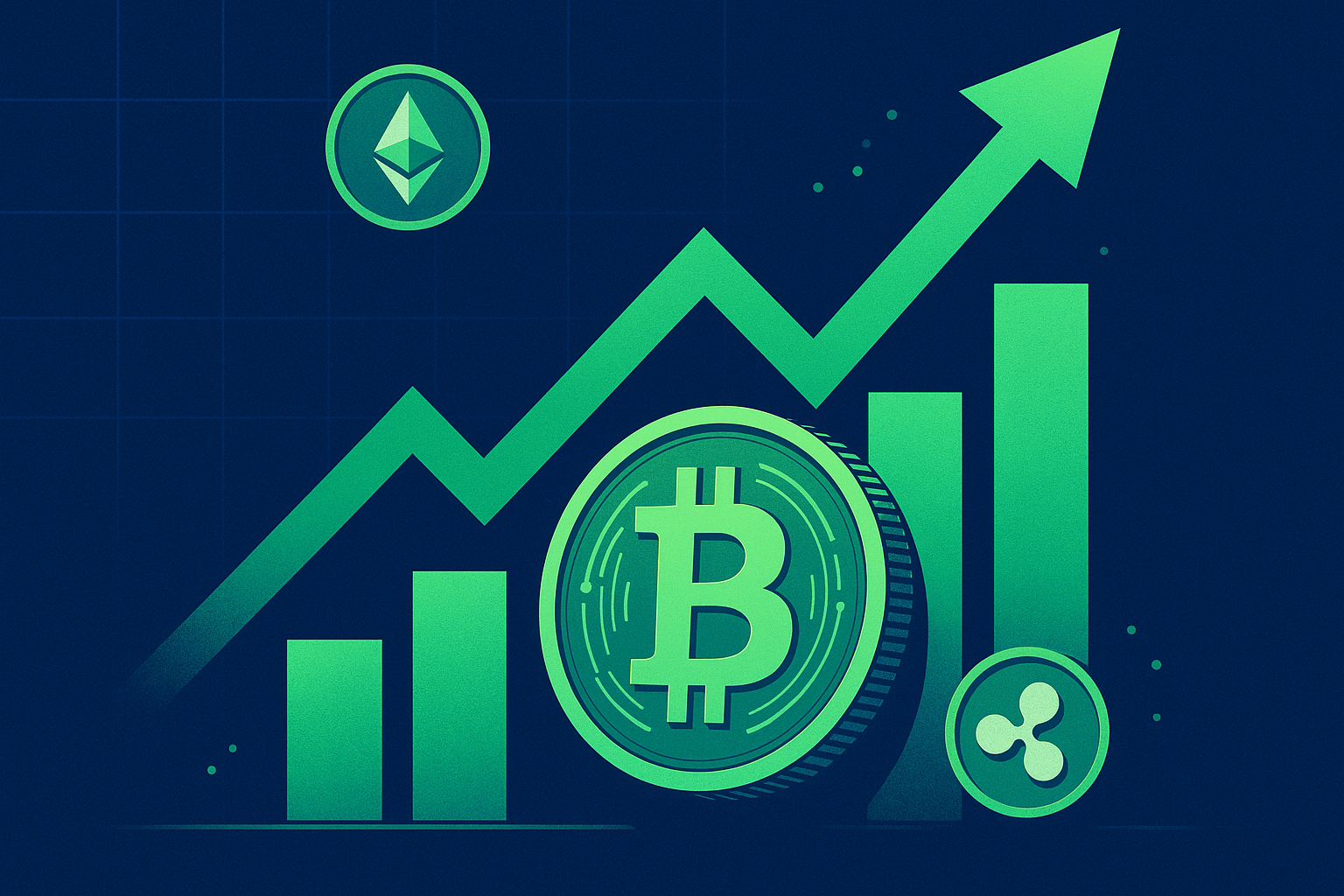I still remember the look on my buddy Simon’s face when he realized he’d sold his presale ETH at five bucks to buy a used Ducati. That was mid-2016, right before the DAO hack, back when we still argued in Slack channels instead of Discord. Ever since, I watch big balance movements like a hawk—mostly to avoid Simon’s fate of panic-selling to the very people quietly stacking.
Here’s What Actually Happened
Over the weekend, the Strategic ETH Reserve tracker lit up. It now shows 1,167,712 ETH—just shy of 1% of the entire circulating supply—parked in wallets tagged as “strategic.” At today’s price of roughly $2,535 per coin, that’s about $2.96 billion sitting idle, not chasing yield in DeFi, not flowing to centralized exchanges (CEXes), just chilling.
These addresses belong to the usual heavy hitters: major L2 builders, a couple of sovereign wealth funds we all suspect but can’t quite pin down, and at least one North American ETF issuer doing the pre-approval shuffle with the SEC. Glassnode, Nansen, and Arkham have different labels, but the overlap is unmistakable—these are the deep pockets.
Flashback: When the 1% Threshold Meant Something Else
If you were around during the flippening narrative in 2017, you’ll remember how Coinbase’s cold wallet balances were treated like the crypto equivalent of the U.S. money supply. Any time we crossed a round number, Twitter would lose its mind. Well, this 1% reserve is shaping up to be the new psychological line in the sand. And I can’t ignore the pattern: quiet accumulation, a narrative brews, and retail wakes up six months late.
Now Here’s the Interesting Part: Who’s Actually Buying?
On-chain sleuthing points to three clusters:
- ETF Pipe-Fitters – Entities that look an awful lot like BlackRock’s iShares Custody addresses. They’ve been sweeping 1,000-3,000 ETH chunks every couple of days, likely front-running a green light from Gary Gensler.
- L2 War Chests – Think Optimism, Arbitrum, and the new Base crew. They need ETH to pay for sequencer fees, grants, and, frankly, optics. Dollar cost averaging (DCA) at size.
- Shadow Funds – Remember when Temasek got burned by FTX? Word on the street is they, along with a Middle Eastern fund I won’t name here (NDA hell), are scooping ETH as a longer-dated diversification play. Oil money meets ultrasound money.
What fascinates me is how these wallets aren’t touching DeFi yield farms. No stETH, no rETH, nothing in Pendle or EigenLayer rehypothecation loops. They’re opting for clean, unencumbered ETH. That screams regulatory optics—nobody wants a repeat of the Celsius freeze-tag fiasco.
Why This Matters for Your Portfolio
Let’s be blunt: when whales lock supply, they tighten the float. Back in 2020, MicroStrategy hoovered up 70k BTC, and the free float squeeze set the stage for a 2× in six months. If nearly 1% of ETH is ring-fenced and untouchable, the free market has to reprice the remaining 99%—and not all of that 99% is actually liquid. Between staking contracts (27% of supply, per BeaconScan) and long-term hodlers who’d rather lose their seed phrase than sell, we’re looking at a supply crunch cocktail.
Does that guarantee a vertical green candle? Of course not. Macro could still rug us. But in my experience, when supply dynamics tighten while demand narratives (spot ETFs, ETH as the settlement layer for RWAs) heat up, you usually get an asymmetric risk-reward setup. I’m not saying ‘ape,’ but I quietly added a few mini-batches to my cold wallet last night.
But Wait—Haven’t We Been Burned by Concentration Before?
Absolutely. Remember the ConsenSys-heavy early days when Joe Lubin personally controlled something like 9% of supply? Market psychology hated that. The difference now is institutional concentration comes with stronger hands. These outfits have mandates measured in years, not trading days. Still, power cuts both ways. If regulation forces a wholesale unwind—say, some draconian anti-staking rule—these same players could dump at scale.
Also, don’t forget the retail optics. Last cycle, the ‘ETH is for the people’ narrative got dented by gas fees north of $200. If folks start feeling the chain is whale-captured, the next memecoin mania could migrate entirely to Solana or some dank new L2. Community perception isn’t just kumbaya talk; it affects network security and fees.
Side Quest: What Happens to Staking Yields?
Right now, real-yield ETH staking floats around 3.4% APR. If these strategic-reserve wallets keep coins unstaked, the total active validator set grows more slowly, which props up yield for the rest of us. I wouldn’t be shocked to see APR hover in the low-mid 4% range if we stay sub-800k validators through Q1 2024.
On the flip side, if one of these whales suddenly stakes a fat tranche, everyone’s yield dilutes overnight. In other words, your passive income is now at the mercy of suits in boardrooms. Not ideal, but that’s the trade-off when you invite TradFi to the party.
So, Are We Front-Running an ETF Approval?
I’ve been in enough Telegram whisper groups to know half the rumors are nonsense. Still, the timing lines up. The SEC’s final deadline for the VanEck spot ETH ETF is late May. Historically, the market prices in success about 60-70 days out—give or take a congressional hearing or two.
If these purchases are indeed ETF seed capital, we could be staring at the early innings of a repeat of the GBTC arbitrage phenomenon—only hopefully minus the bankruptcy drama. Keep an eye on $ETHE discount narrowing; that’s usually the canary.
Where I Could Be Totally Wrong
I’ll be the first to admit it: on-chain labeling isn’t perfect. A whale could just be an exchange reshuffling cold storage. Binance has done that dance so many times I’ve stopped counting. Another risk: these buys might be collateral for borrowing stablecoins, meaning the ETH could hit the market if yields spike elsewhere.
And let’s not ignore macro: if the Fed drops a surprise 50-bps hike, risk assets could take a nosedive, and even the strongest hands sometimes capitulate. I’ll hedge with a little stables and maybe short dated ETH puts—never hurts to sleep at night.
Zooming Out: The Community Pulse
“ETH isn’t supposed to be hoarded; it’s supposed to circulate,”
a dev buddy of mine grumbled in the coffee line at Devconnect last month. He’s got a point. Still, the reality is that every maturing asset class goes through a centralization phase before tech catches up. Remember early internet ISPs? Same deal: consolidation first, democratization later. If these strategic reserves fund better infra, smoother UX, and maybe sub-$1 gas fees via danksharding, I can live with whales chilling in cold storage for a bit.
I’d love to hear what you think. Am I reading too much into a few fat wallets, or are we watching the opening scene of the next super-cycle? Hit me up on X (@OldManBlocks). Until then, keep your keys safe and your time preference low.



